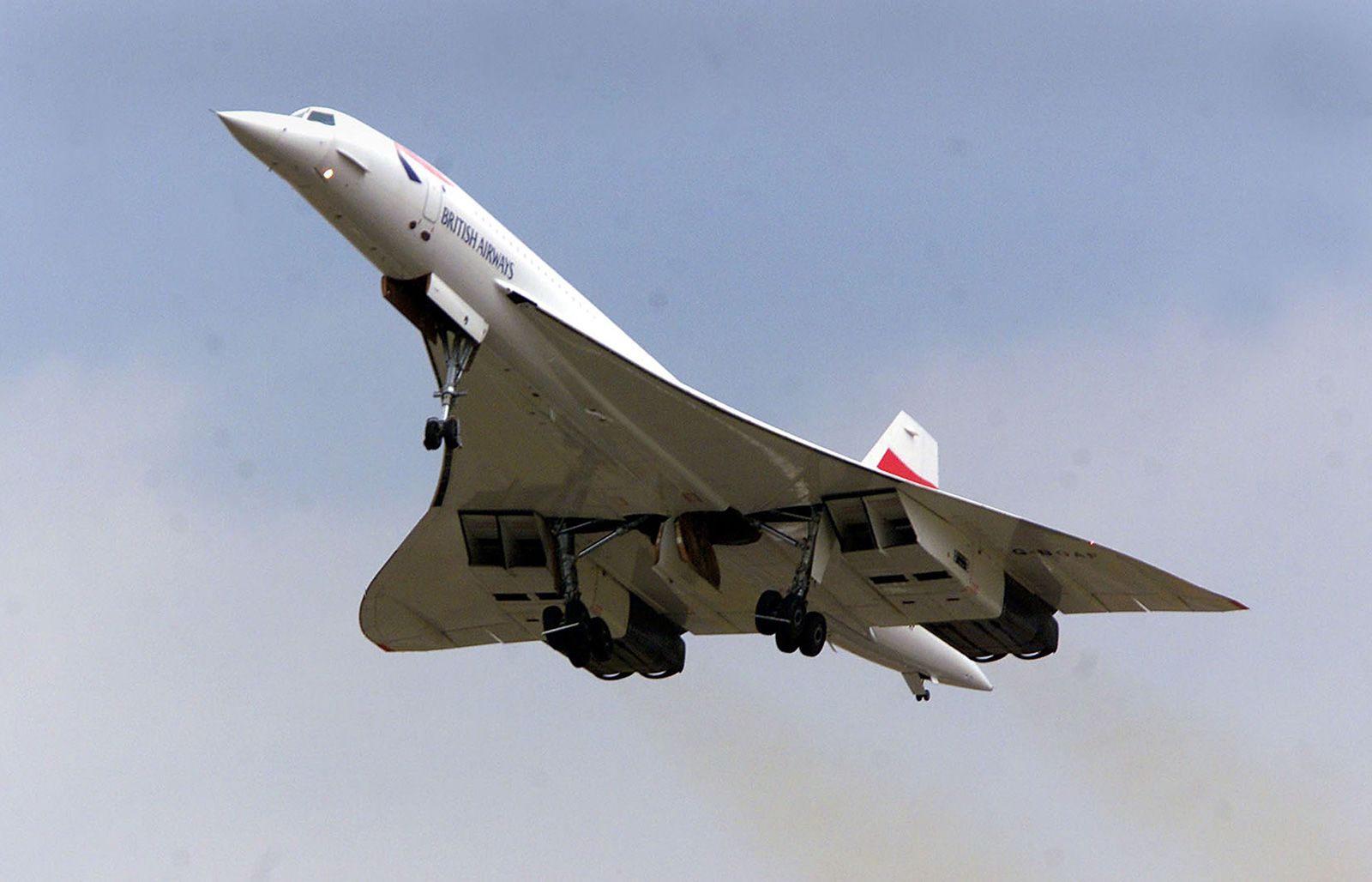
The Concorde aircraft was an iconic symbol of technological prowess and a marvel of aviation engineering. Developed jointly by British and French aerospace companies, the supersonic jet promised to revolutionize air travel with its unprecedented speed. However, despite its groundbreaking achievements and undeniable allure, the Concord’s journey was plagued by challenges and setbacks that ultimately led to its untimely demise. This article delves into the rise, triumphs, and eventual fall of the Concord, shedding light on the complex factors that contributed to the end of an aviation icon.
The Rise of the Concorde
The Concord’s story began in the 1950s when both Britain and France recognized the potential of supersonic flight. In 1962, a partnership between British Aircraft Corporation (BAC) and Aerospatiale was formed, leading to the birth of the Anglo-French Concord project. The aircraft, with its sleek design and futuristic features, captured the imagination of the world.
After years of meticulous testing and development, the Concord made its maiden flight on March 2, 1969. Its ability to cruise at twice the speed of sound, reaching a remarkable Mach 2.04 or 1,354 mph, marked a significant milestone in aviation history. The Concord soon entered commercial service in 1976, offering elite passengers a unique experience characterized by speed, comfort, and luxury.
Triumphs and Challenges
The Concord quickly became a symbol of prestige and sophistication, favored by celebrities, business tycoons, and heads of state. Its transatlantic service between London and New York became the epitome of luxury travel, with passengers enjoying gourmet meals, spacious cabins, and impeccable service. The aircraft’s advanced engineering and innovative features, such as the droop nose for better visibility during takeoff and landing, further enhanced its reputation.
However, the Concord faced numerous challenges throughout its operational life. One of the most significant obstacles was the limited number of routes it could operate due to sonic booms over land, noise pollution concerns, and high operating costs. As a result, the Concord’s service was primarily limited to transatlantic flights, primarily between London and New York and Paris and New York.
Moreover, the 1973 oil crisis and subsequent economic downturns negatively impacted the aviation industry. Rising fuel costs and a decline in passenger demand made the Concord’s operation increasingly unsustainable for the airlines. The aircraft’s fuel-guzzling engines and high maintenance requirements further exacerbated the financial burden.
The Fall of the Concorde
The Concord’s decline began in 2000 when Air France and British Airways, the only two airlines operating the aircraft, announced their plans to retire the fleet. Several factors contributed to this decision, including the slump in demand caused by the September 11, 2001 attacks, the global economic slowdown, and the rising competition from more fuel-efficient subsonic aircraft.
Another pivotal moment in the Concord’s fate occurred on July 25, 2000, when Air France Flight 4590 crashed shortly after takeoff, resulting in the loss of all 109 passengers and crew. The tragic accident, caused by a ruptured tire and subsequent fuel tank ignition, led to a temporary suspension of Concord flights and a significant blow to public confidence in the aircraft’s safety.
Written by profT for naijatipsland.com










